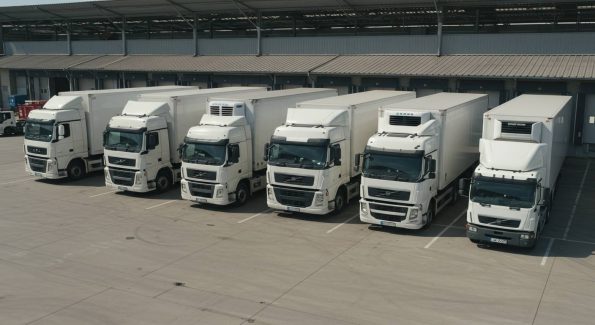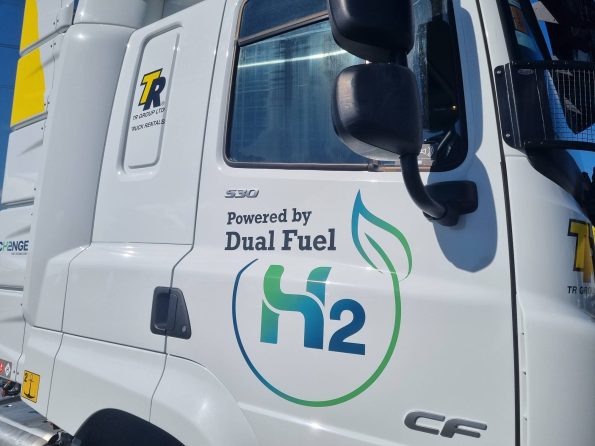Understanding Green Technology in Heavy Vehicles
Green technology in the transport sector extends far beyond environmental benefits. Modern heavy vehicles now incorporate sophisticated safety systems that work in harmony with eco-friendly innovations. These systems include electric powertrains, smart braking mechanisms, and comprehensive monitoring systems that enhance both vehicle control and driver awareness. The result is a marked improvement in road safety standards across our transport network.
Electric and Hybrid Vehicles: A Safer Alternative
The increasing presence of electric and hybrid heavy vehicles marks an advancement in transport safety. The reduced noise levels in these vehicles help combat driver fatigue, a factor that we regularly emphasise in professional driver training.
Advanced Braking Systems and Vehicle Control
Regenerative braking systems conserve energy and reduce wear and tear on the service brakes.
Smart Technology and Driver Assistance
Modern heavy vehicles now feature sophisticated driver assistance systems that complement skilled driving practices. These include lane departure warnings, emergency braking systems, and adaptive cruise control. From a training perspective, these technologies serve as valuable tools that enhance driver awareness and decision-making, rather than replacing fundamental driving skills.
Fleet Management and Safety Monitoring

The integration of telematics has transformed how we approach fleet safety management. Real-time monitoring systems now provide comprehensive oversight of vehicle performance and driver behaviour. This technology allows for immediate identification of potential safety issues and helps maintain consistent driving standards across entire fleets.
Hydrogen Power: The Next Step in Transport Safety

The emergence of hydrogen fuel cell technology presents exciting possibilities for heavy vehicle safety. These vehicles offer extended operating ranges and rapid refuelling capabilities, addressing key safety concerns related to driver fatigue and journey planning. The reduced fire risk compared to conventional fuel systems also represents a significant safety advancement for our transport industry.
Load Security and Modern Solutions
The challenge of load security has been significantly addressed through modern technology. Electric and automated load restraint systems now ensure consistent and reliable cargo securing, reducing the risk of load-shift incidents. These systems provide drivers with real-time monitoring capabilities, allowing for immediate response to any stability issues—a crucial aspect we emphasise in professional driver training.
Moving Forward: Challenges and Opportunities
While the benefits of green technology in heavy vehicle safety are clear, we must acknowledge the current challenges. The initial investment costs and infrastructure requirements present significant hurdles for many operators. However, the long-term advantages in terms of safety improvements and operational efficiency make these investments worthwhile. As driving instructors, we continue to adapt our training programmes to incorporate these new technologies while maintaining focus on fundamental safety principles.
Conclusion
The integration of green technology in heavy vehicles represents an advancement in transport safety. As we continue to train the next generation of professional drivers, these innovations provide new tools and capabilities that enhance both safety and environmental sustainability.
